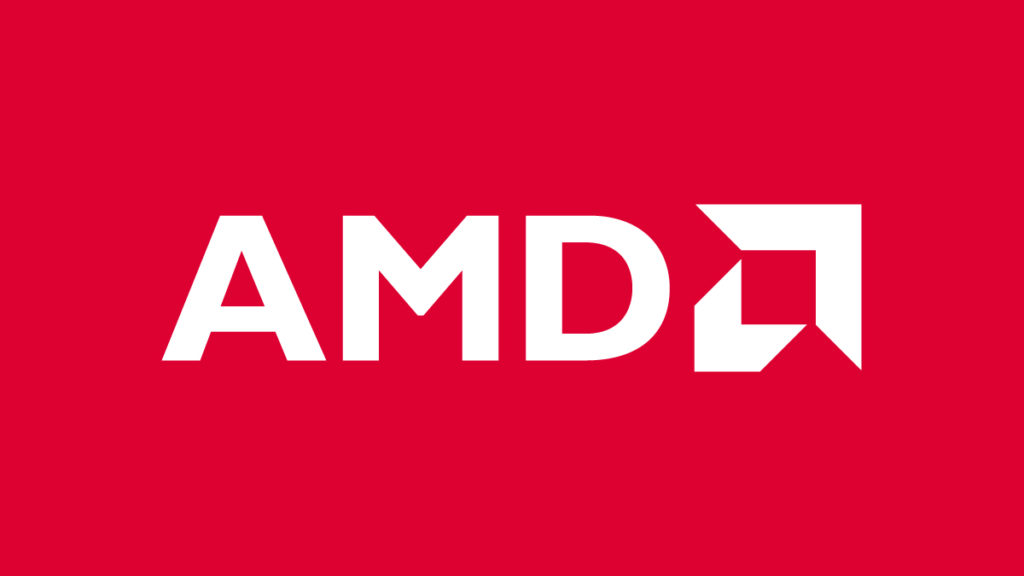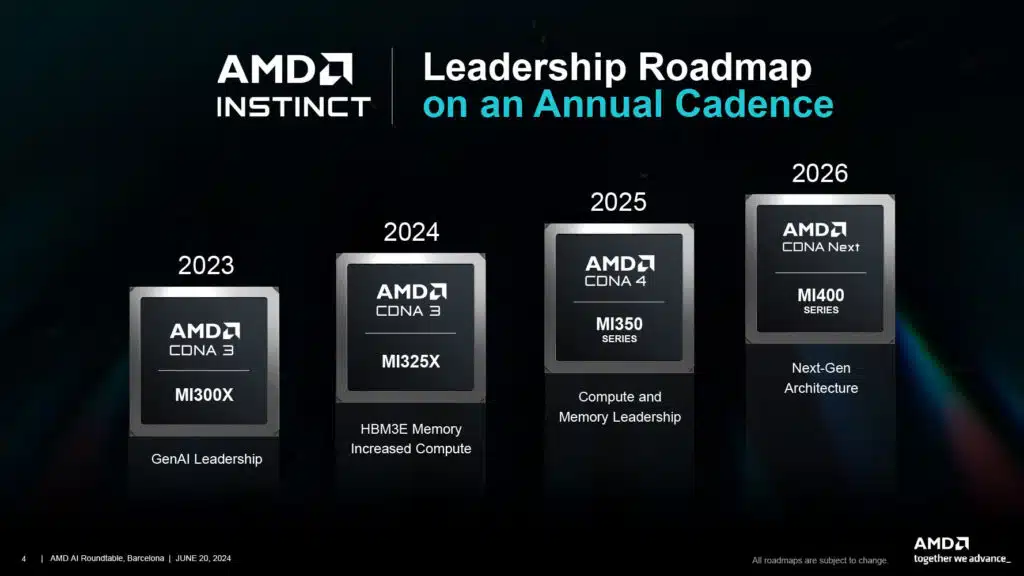AMD, the company best known for its wide range of computer hardware, including Ryzen CPUs, Radeon GPUs, and AI accelerators, is no longer taking a hardware-first approach for its business and will, instead, pivot to one where software is the primary focus, according to new information that company executives had shared during a recent roundtable event. This would put the company more in line with NVIDIA, whose hardware is typically designed to accelerate its various software solutions (e.g., DLSS 3 with Frame Generation for gamers).
From a report:
- “AMD is making changes in a big way to how they are approaching technology, shifting their focus from hardware development to emphasizing software, APIs, and AI experiences.”
- “The major difference between AMD and NVIDIA is that AMD is a hardware company that makes software on the side to support its hardware; while NVIDIA is a software company that designs hardware on the side to accelerate its software.”
- “AMD has ‘tripled our software engineering, and are going all-in on the software.’ This not only means bring in more people, but also allow people to change roles: ‘we moved some of our best people in the organization to support’ these teams.”
- “The number-one problem with AMD’s technology has been relatively less engagement with the software vendor ecosystem—to make best use of the hardware’s exclusive and unique capabilities through first-party software technologies—APIs, developer tools, resources, developer networking, and optimization.”
- “…AMD has not treated software as its main product, that makes people buy their hardware and bring in the revenues. AMD is aware of this and wants ‘to create a unified architecture across our CPU and RDNA, which will let us simplify [the] software’.”
- “AMD’s roadmaps now show the company’s plans several years into the future, so that their partners can learn what AMD is creating, so the software products can better utilize these new features.”
One of AMD’s recent roadmaps:
That said, AMD continues to accelerate its hardware development:
…”we are going to launch a new [Radeon] Instinct product every 12 months,” which is a difficult task, but it helps react quicker to changes in the software markets and its demand. On the CPU side, the company “now has two CPU teams, one does n+1 [next generation] the other n+2 [two generations ahead],” which reminds us a bit of Intel’s tick-tock strategy, which was more silicon manufacturing focused of course.


